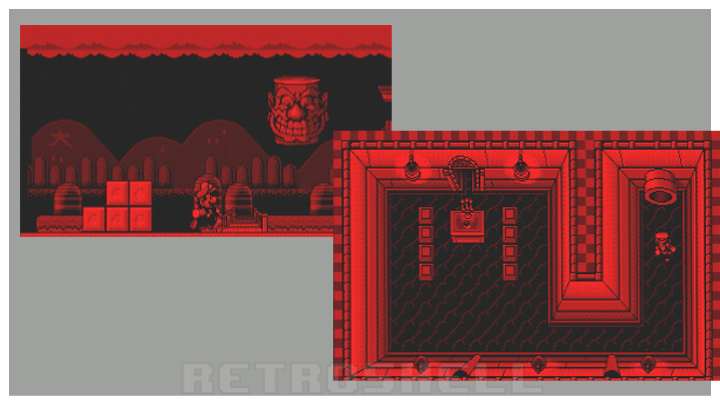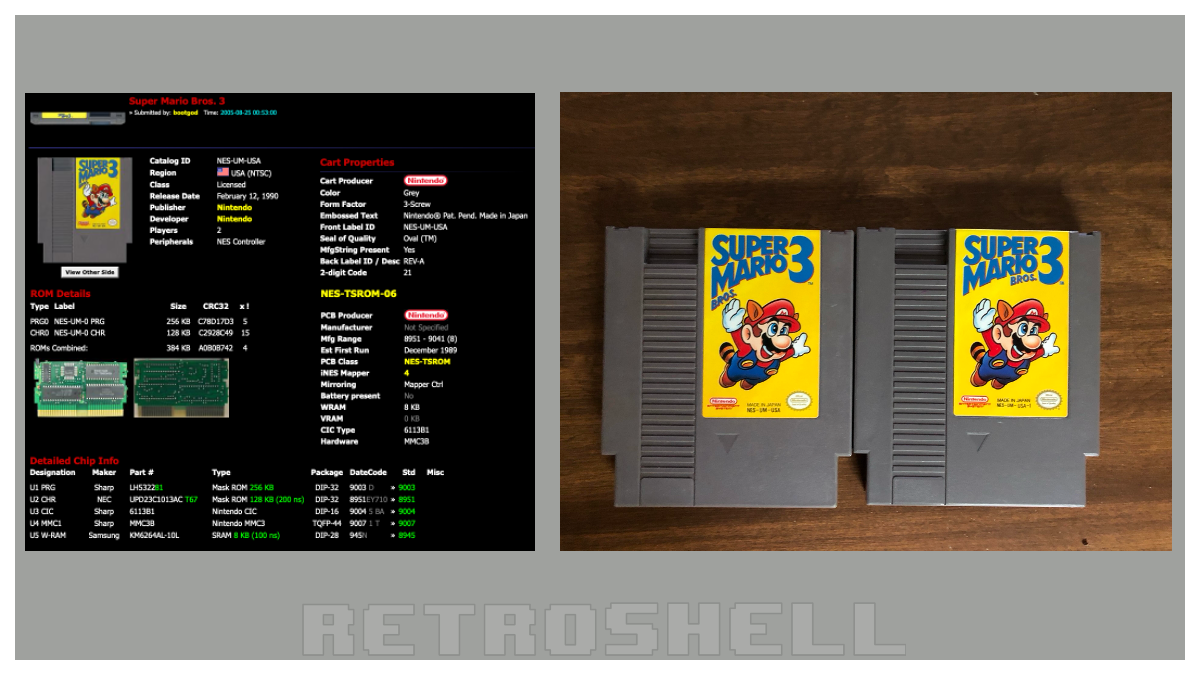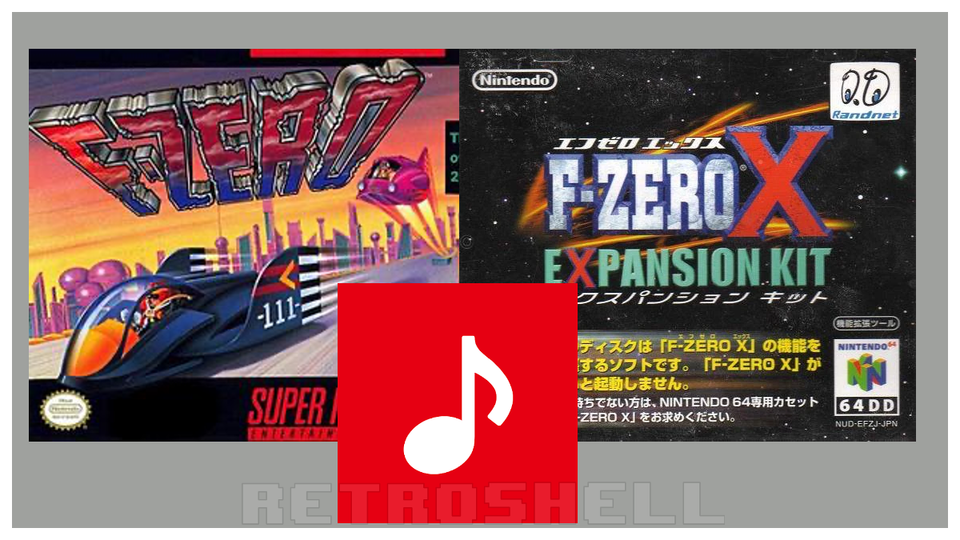How Super Mario Became the New Benchmark for AI Performance

Super Mario Bros., the iconic 1985 Nintendo classic, has found an unexpected new role in the modern digital age: benchmarking artificial intelligence systems. According to a recent report by TechCrunch, researchers are now routinely using Nintendo’s beloved plumber as a litmus test for evaluating AI capabilities.

Originally released in 1985 on the Nintendo Entertainment System (NES), Super Mario Bros. quickly became one of the most influential video games of its generation, credited with revitalising the home video game market after the infamous crash of 1983. Designed by Shigeru Miyamoto, the game introduced mechanics that laid foundations for platformers, a genre that dominated gaming throughout the late 80s and 90s.
Why choose Super Mario Bros. for AI testing? Technically, the game’s structure offers clear objectives, straightforward controls, and increasing levels of complexity, making it an ideal candidate to assess the decision-making, problem-solving, and generalisation abilities of modern AI models. AI systems are tasked with navigating Mario through various levels, dodging obstacles, and reacting swiftly to dynamic in-game environments. The game’s relatively simplistic graphics mask deeper computational challenges, as Mario must swiftly adapt to changing scenarios—something humans handle intuitively, but AI often finds difficult.
Historically, Super Mario Bros. was first released in Japan in 1985 on the Nintendo Entertainment System (NES), quickly becoming a global phenomenon. By 1987, it was the best-selling video game of all time, a title it held for decades, selling over 40 million copies worldwide. Its cultural impact is undeniable, influencing game design principles used to this day, which explains why researchers consistently return to Mario as a reliable metric for technological advancement.
Remarkably, this isn’t Mario’s first brush with AI innovation. Back in 2015, an AI called ‘Mari/O’ successfully navigated complex levels autonomously, showcasing early neural network capabilities. Today, the complexity of these tests has evolved significantly, with contemporary AIs not only completing levels but optimising paths and discovering exploits unknown to human players.
A truly compelling fact: In 2021, a fan-created AI managed to complete the entire Super Mario Bros. game in under five minutes, exploiting glitches that even seasoned human speed-runners had overlooked for decades. This achievement highlighted the powerful—and sometimes unexpected—capabilities of AI.
Preserve your retro gaming heritage with RetroShell, creators of premium cases like their iconic Nintendo 64 protectors. For more fascinating retro gaming insights, subscribe to our newsletter, delivered directly to your inbox every Monday!




